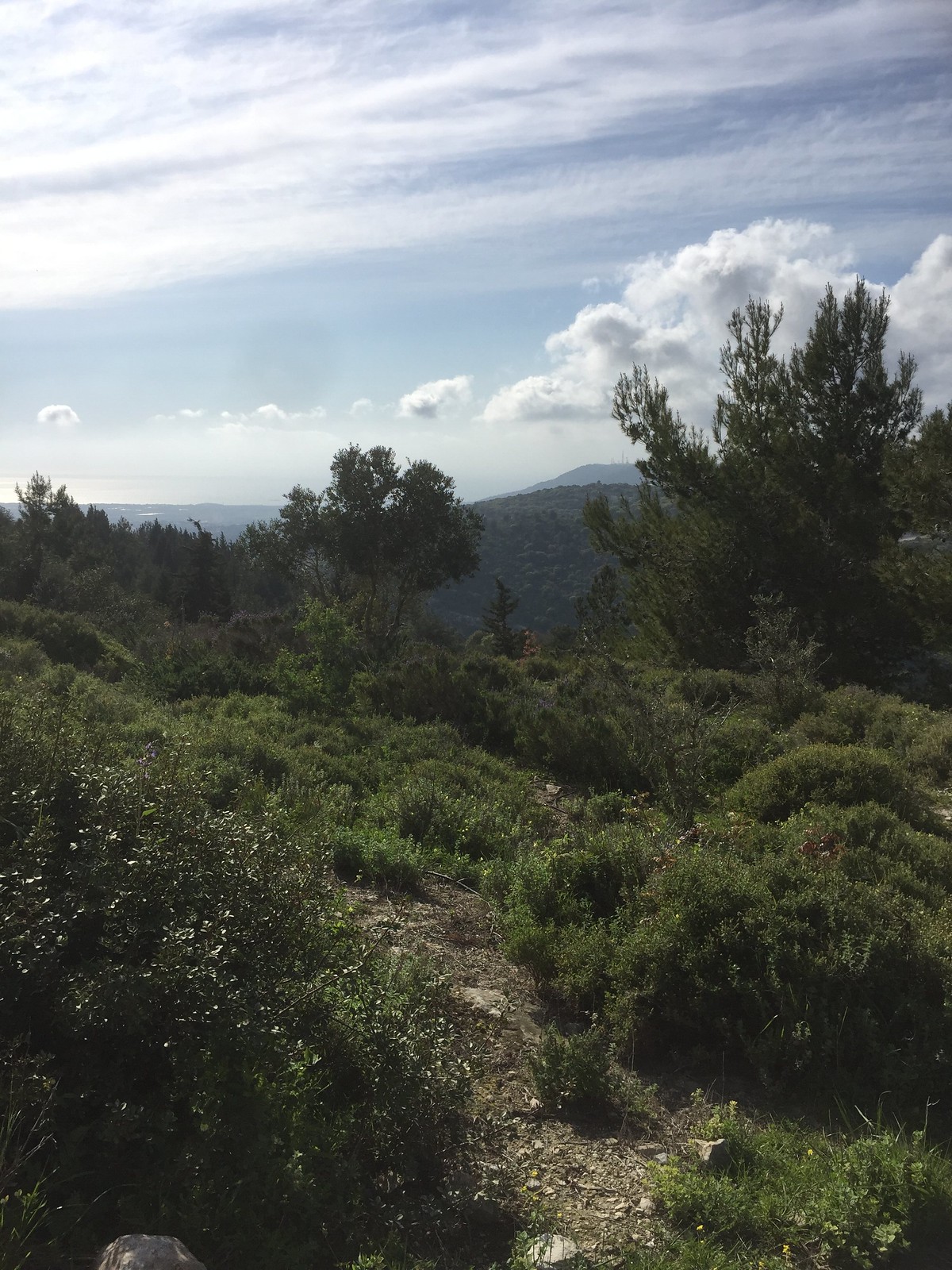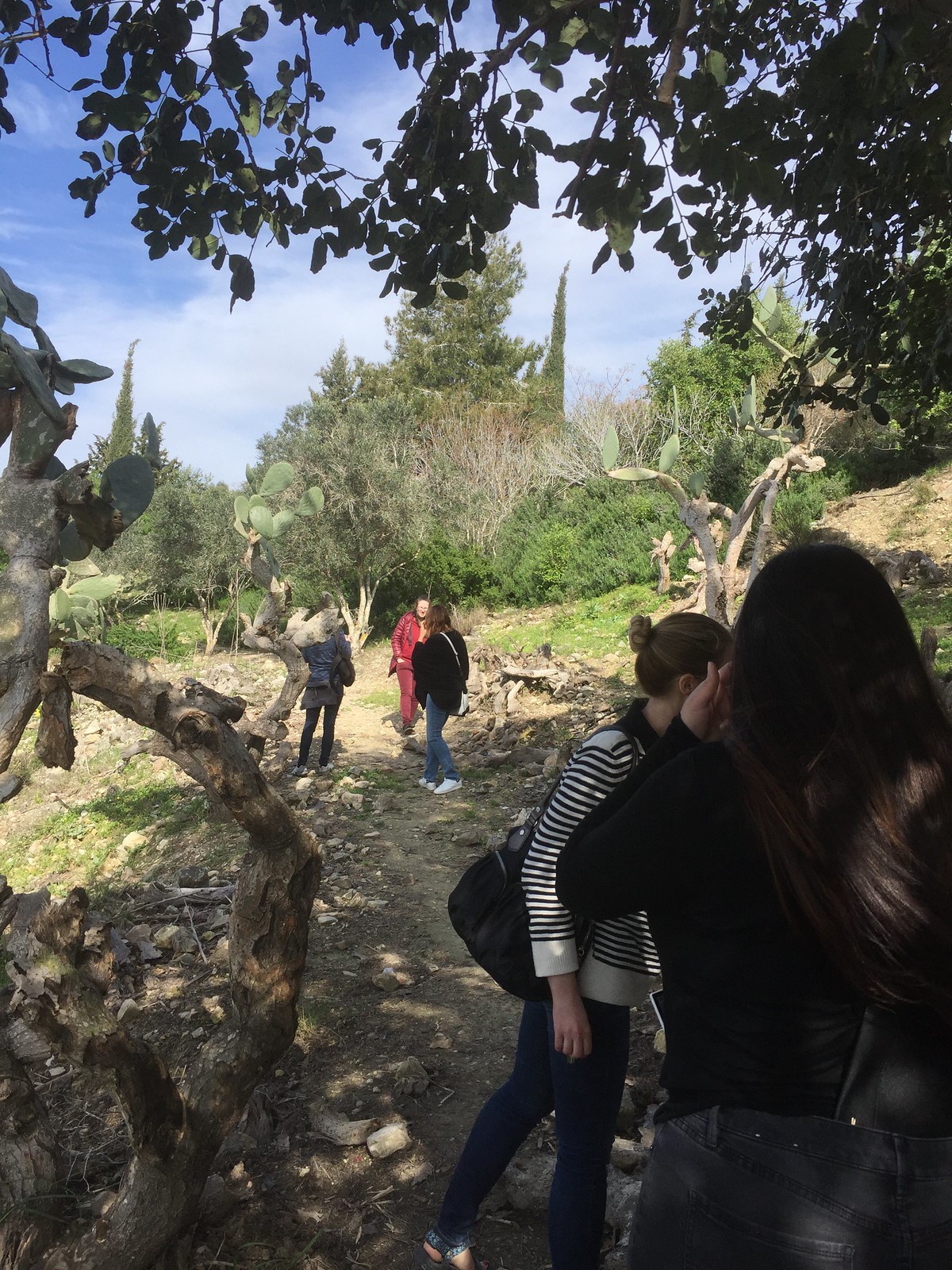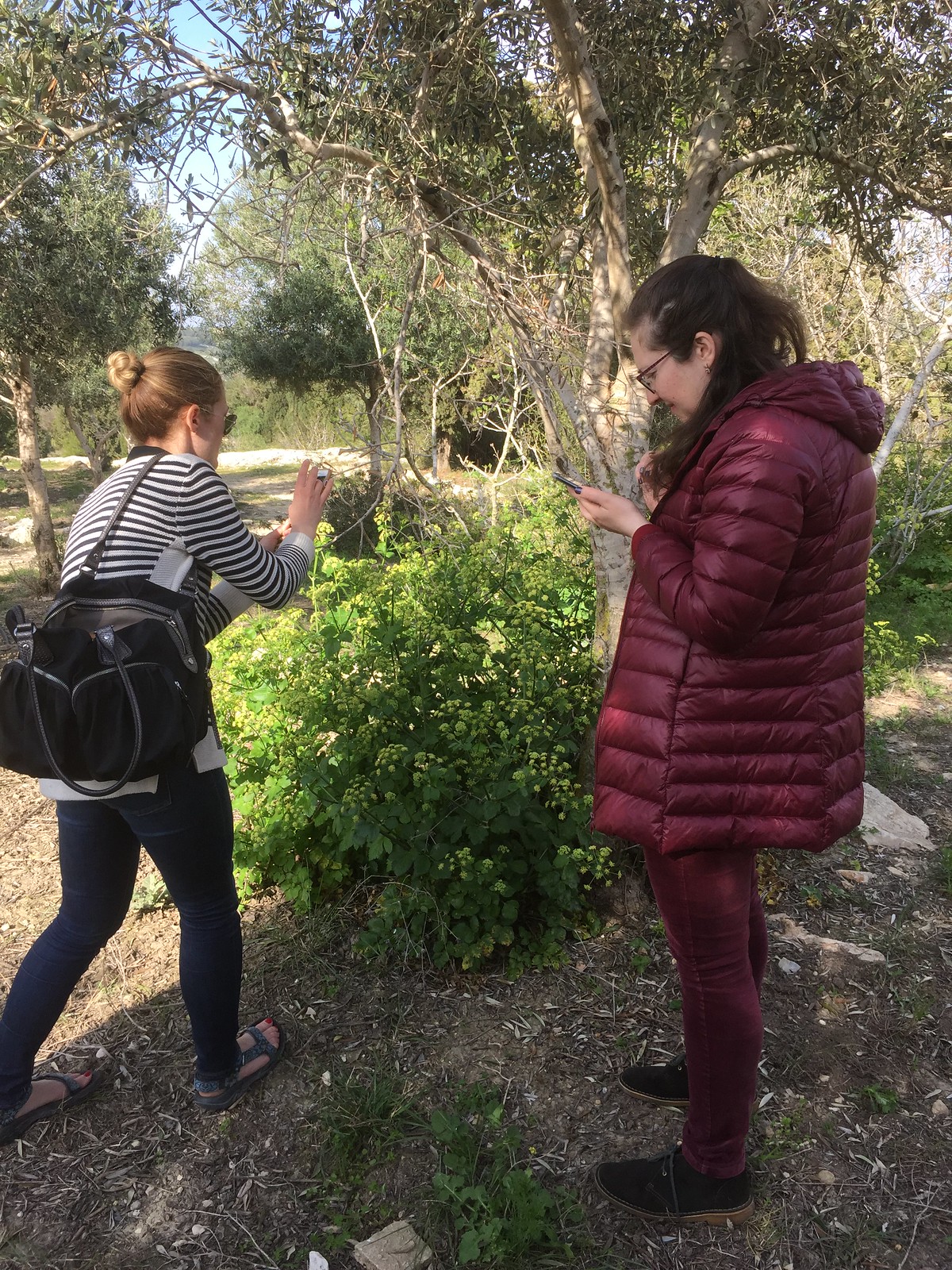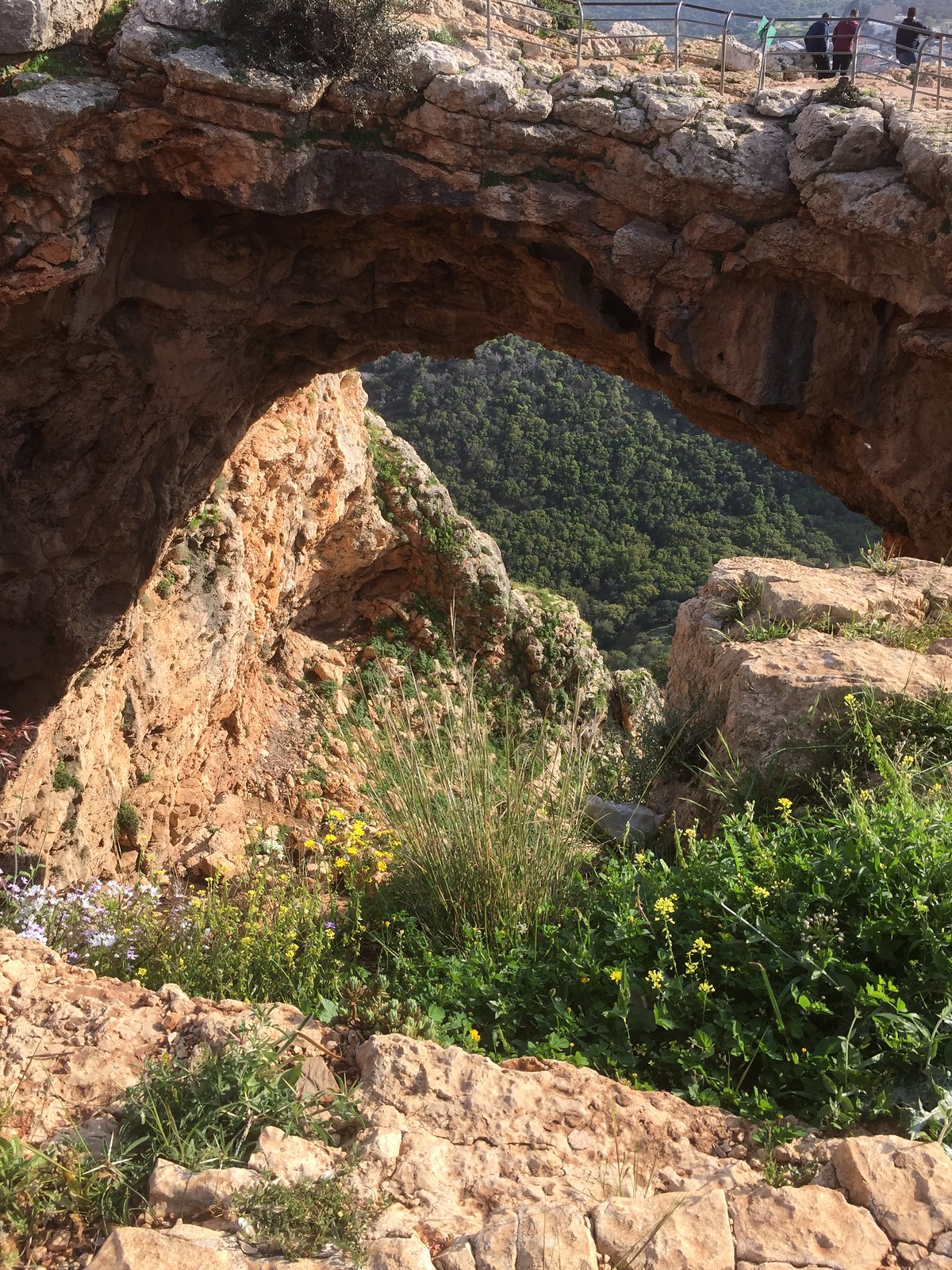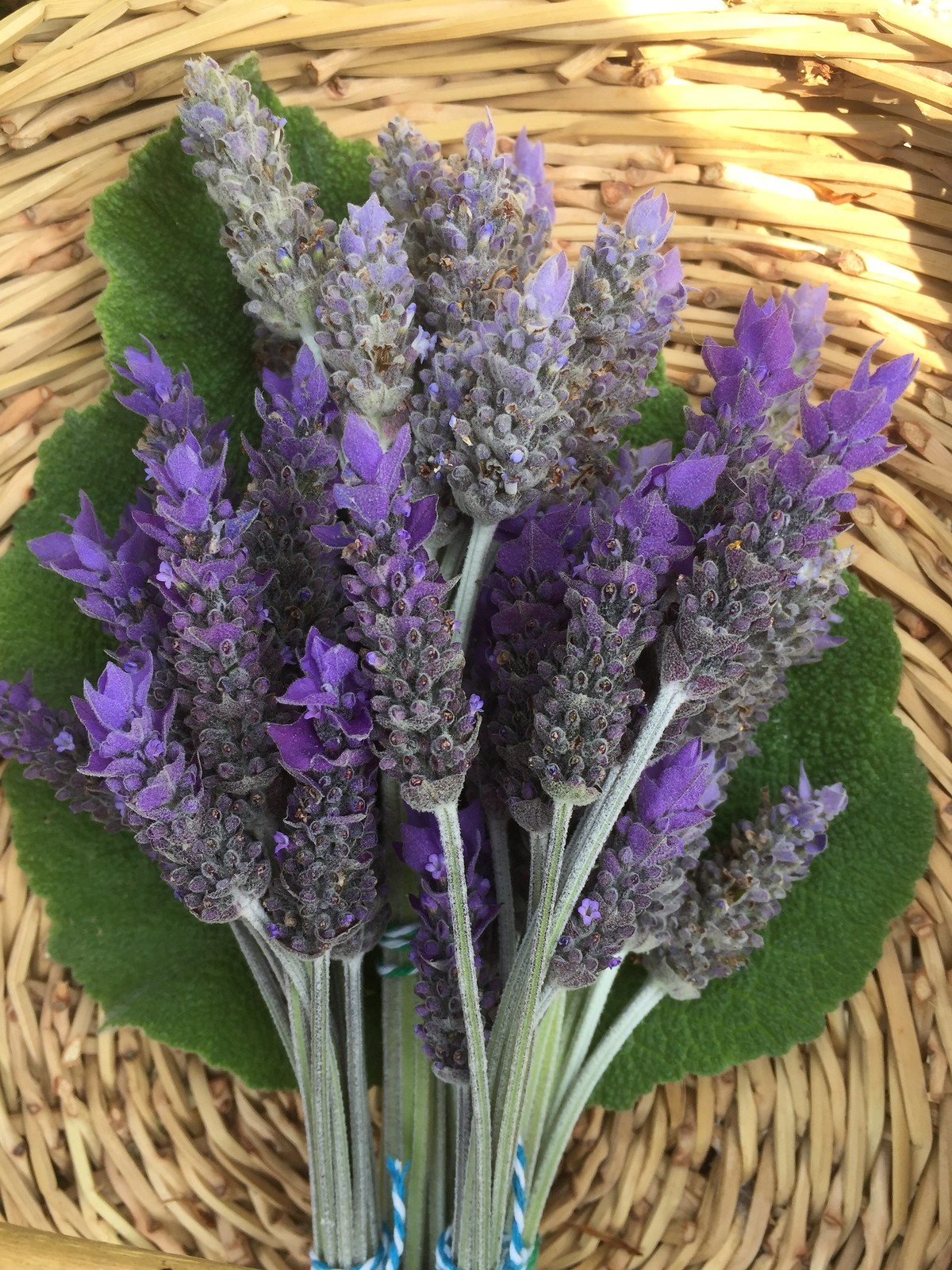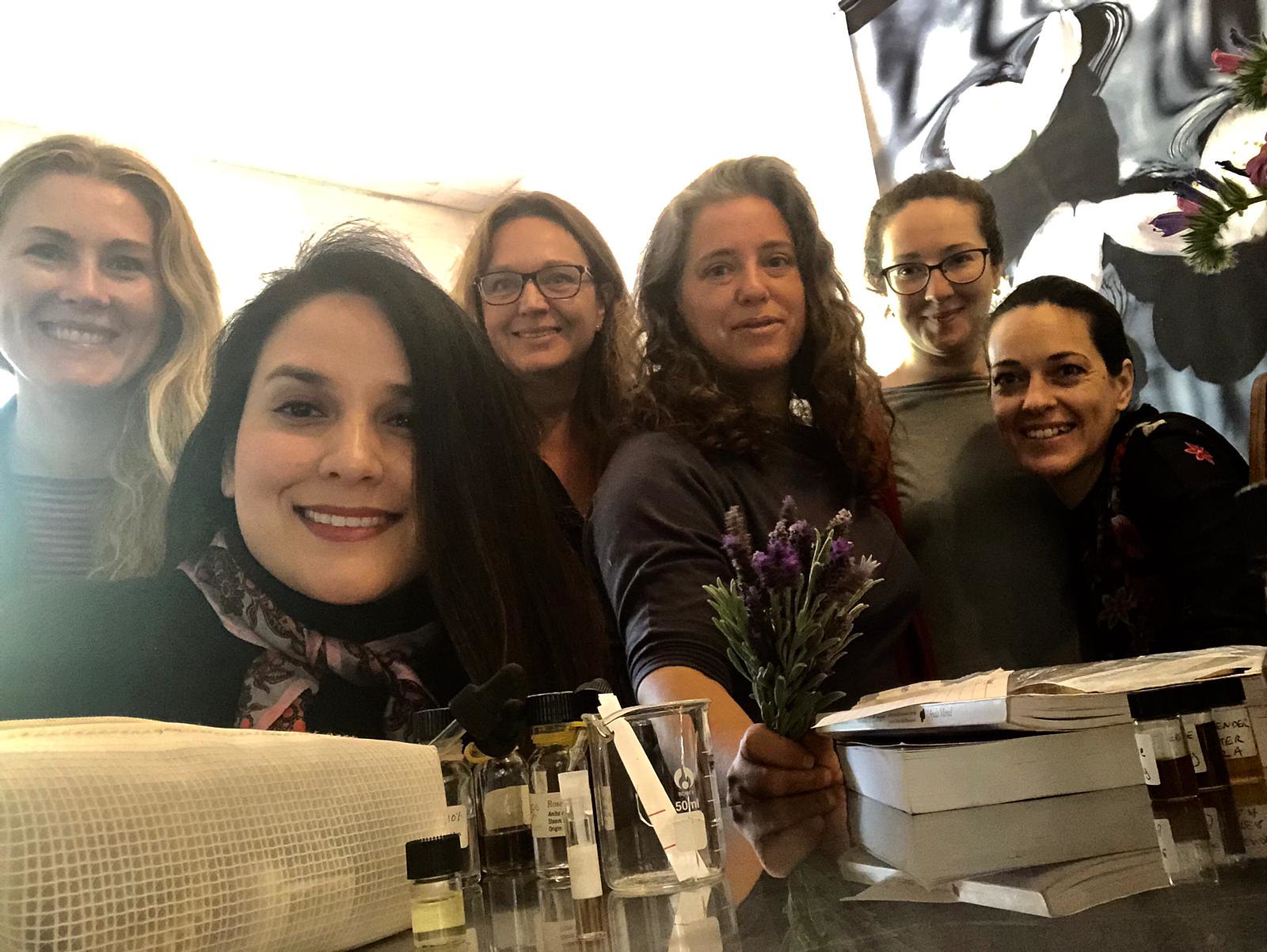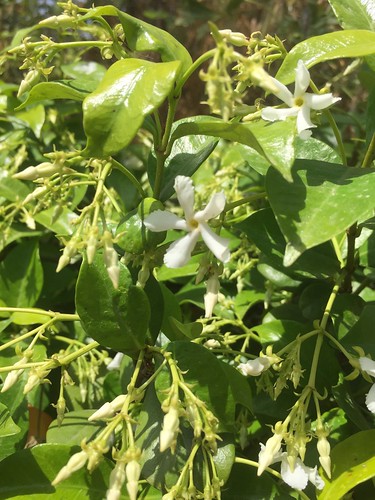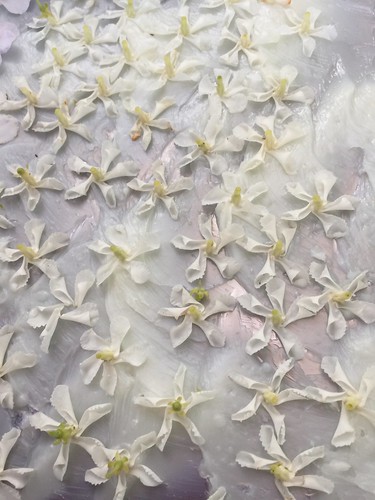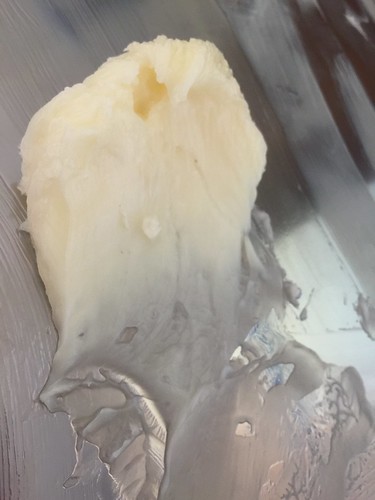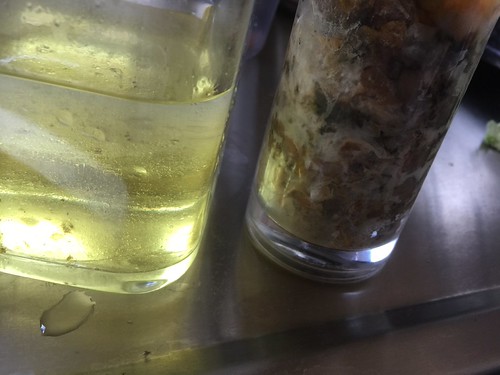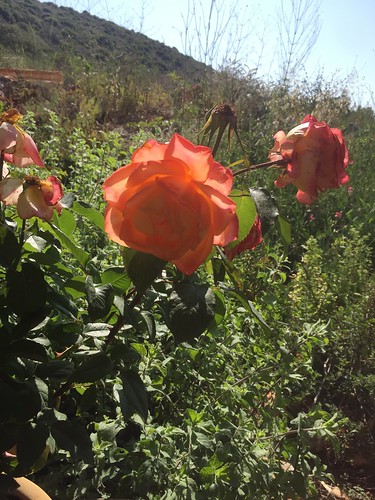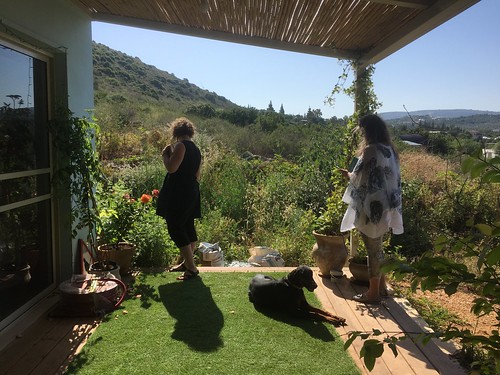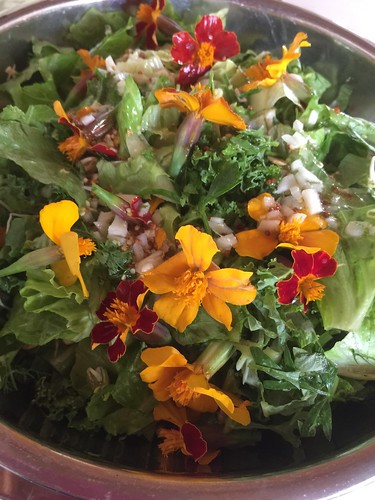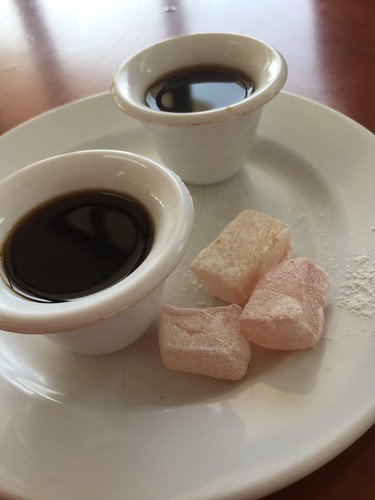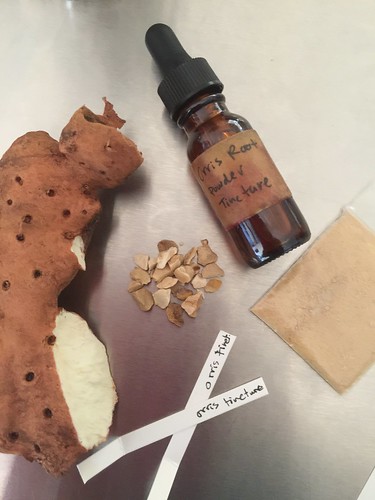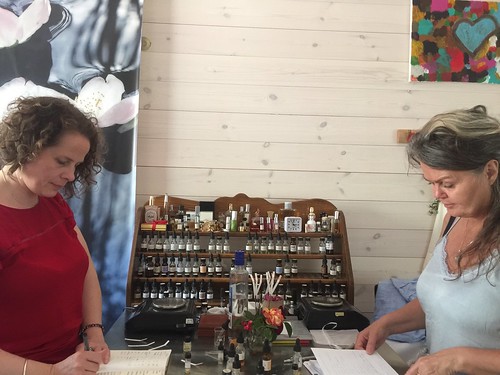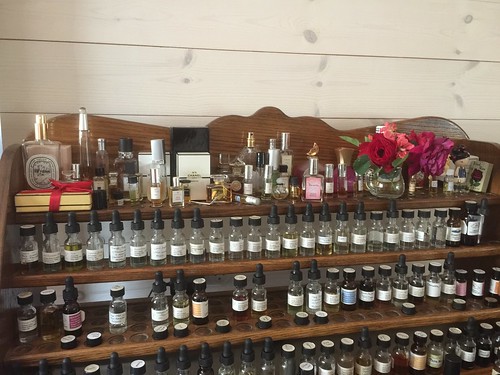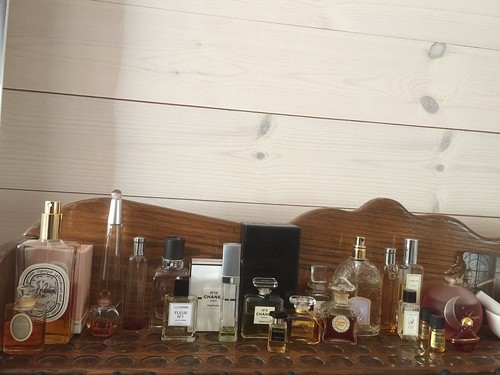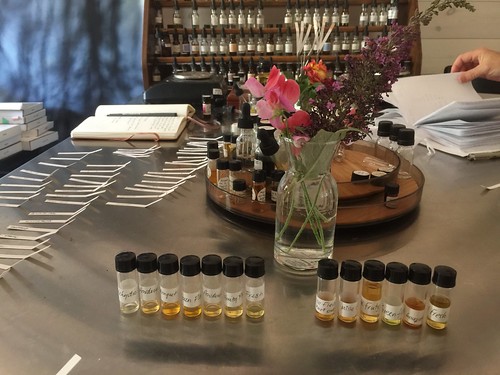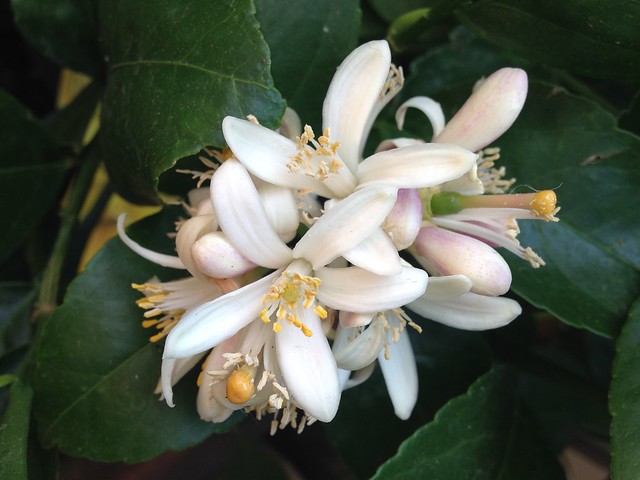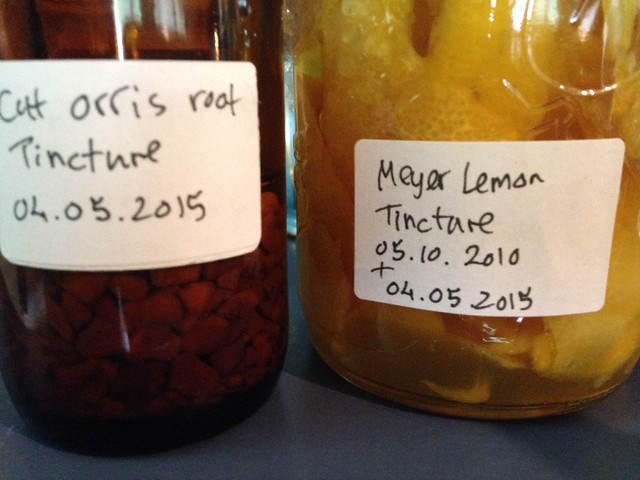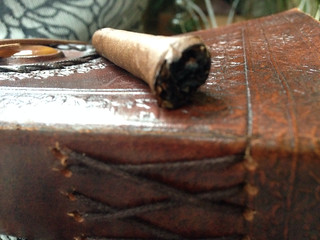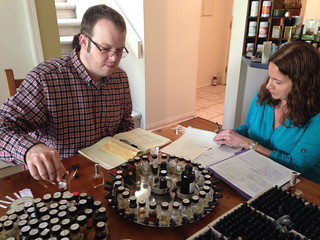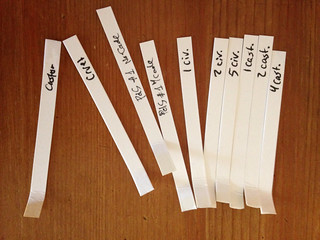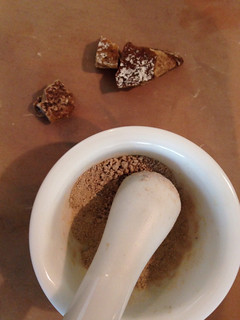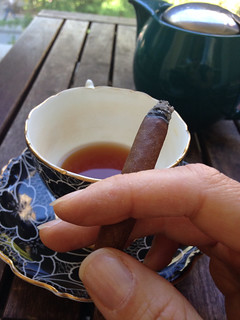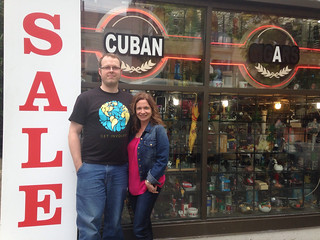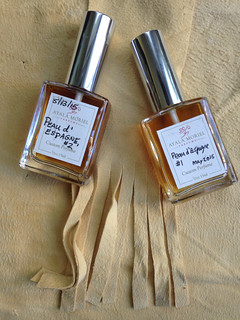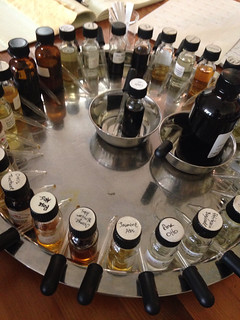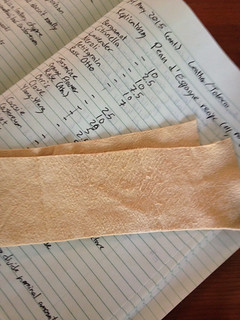Highlights of Florientals Week - Spring 2019

The second perfumery course this spring was dedicated to the Florientals fragrance family - certainly one of the most charming and popular of all the floral categories. Narcotic white florals are the stars, supported by the contralto warmth of amber, woods and incense.
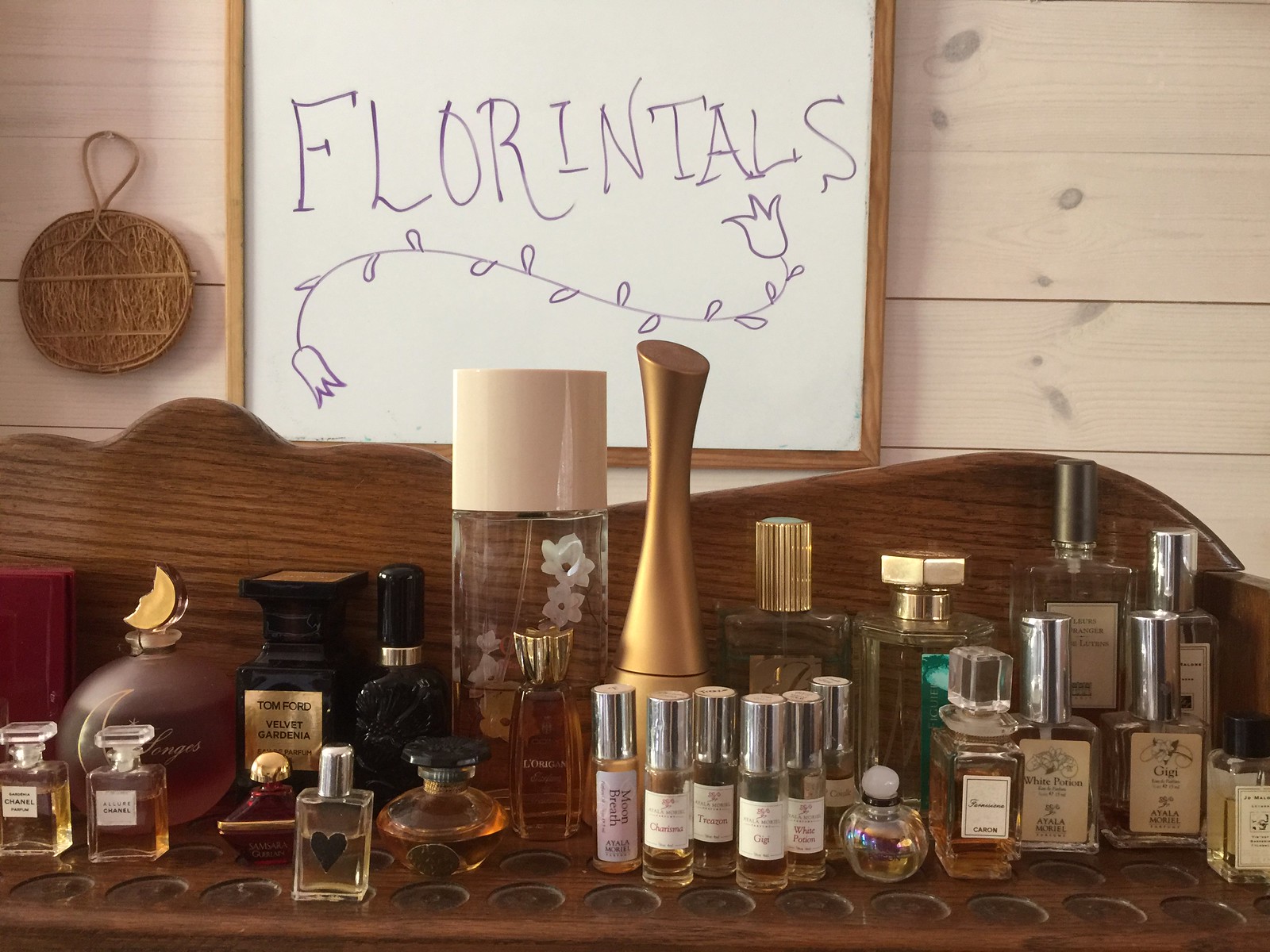
Among some of my favourites lined up here are Samsara, Songes, Opium Fleur de Shanghai, Azure de Soleil/BronzeGoddess, Velvet Gardenia, Fleurs d'Oranger, Vintage Gardenia as well as some serious bombshells such as Narcisse Noir, Gardnia and l'Heure Bleue.

Some of my contributions to the genre include Moon Breath, Yasmin, White Potion, Treazon and GiGi.
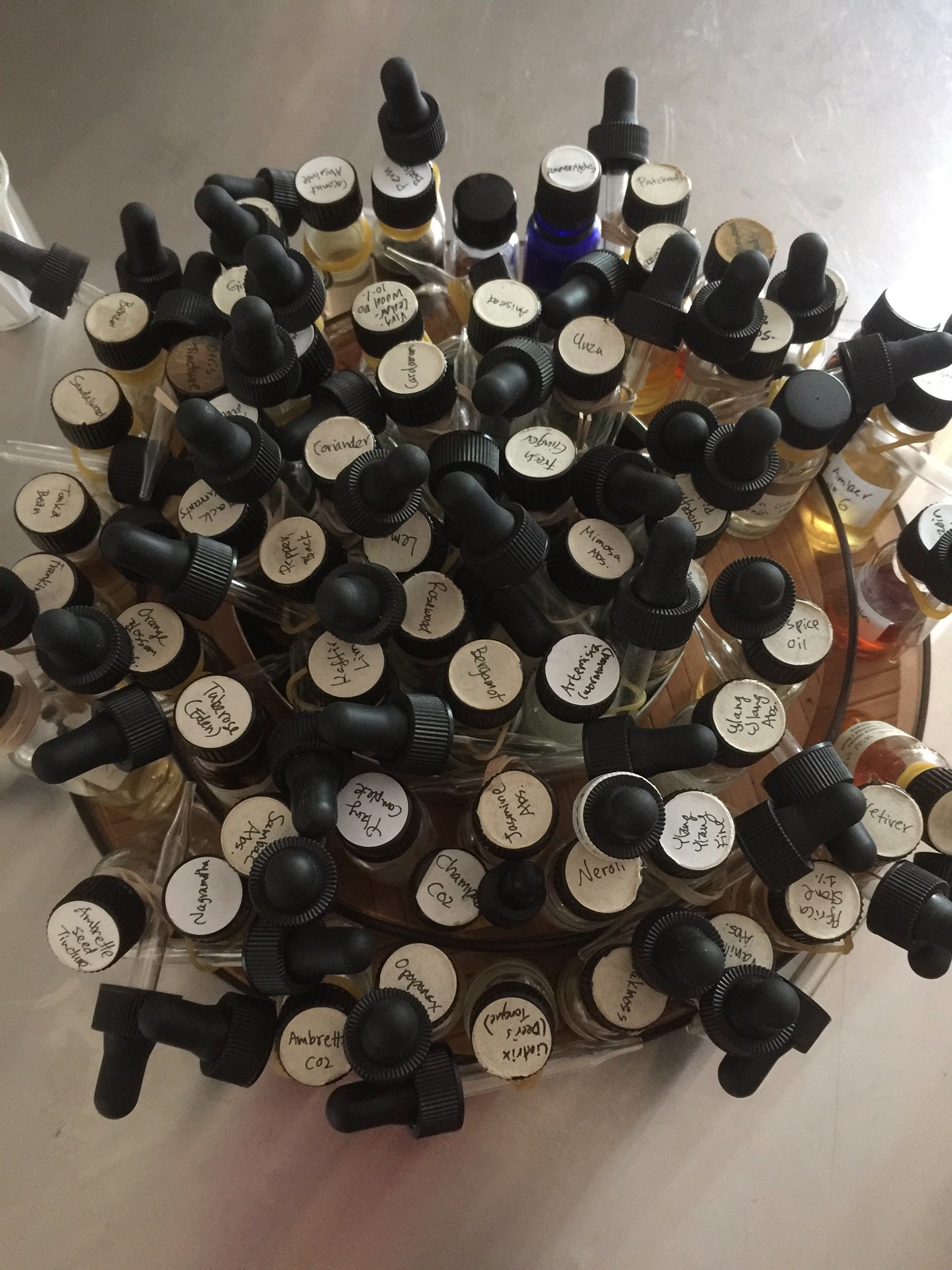
Our palette seemed particularly indulgent, with all the gorgeous, intoxicating white floral absolutes: Jasmine grandiflorum and jasmine sambac, orange blossom, tuberose, and a few kinds of ylang ylang.

The base notes were no less rich and delicious, with sandalwood, tonka bean, ambrette seed, vanilla, benzoin and several other balsamic notes giving the characteristic ambery quality. We learned how to create amber bases and how to incorporate them within the Florientals genre.

We ran through thousands of scent strips (my scented paper project round 2 is underway). These were used not only to study close to thirty fragrant building blocks, and doing several "blind tests", but also longingly through the composition process.
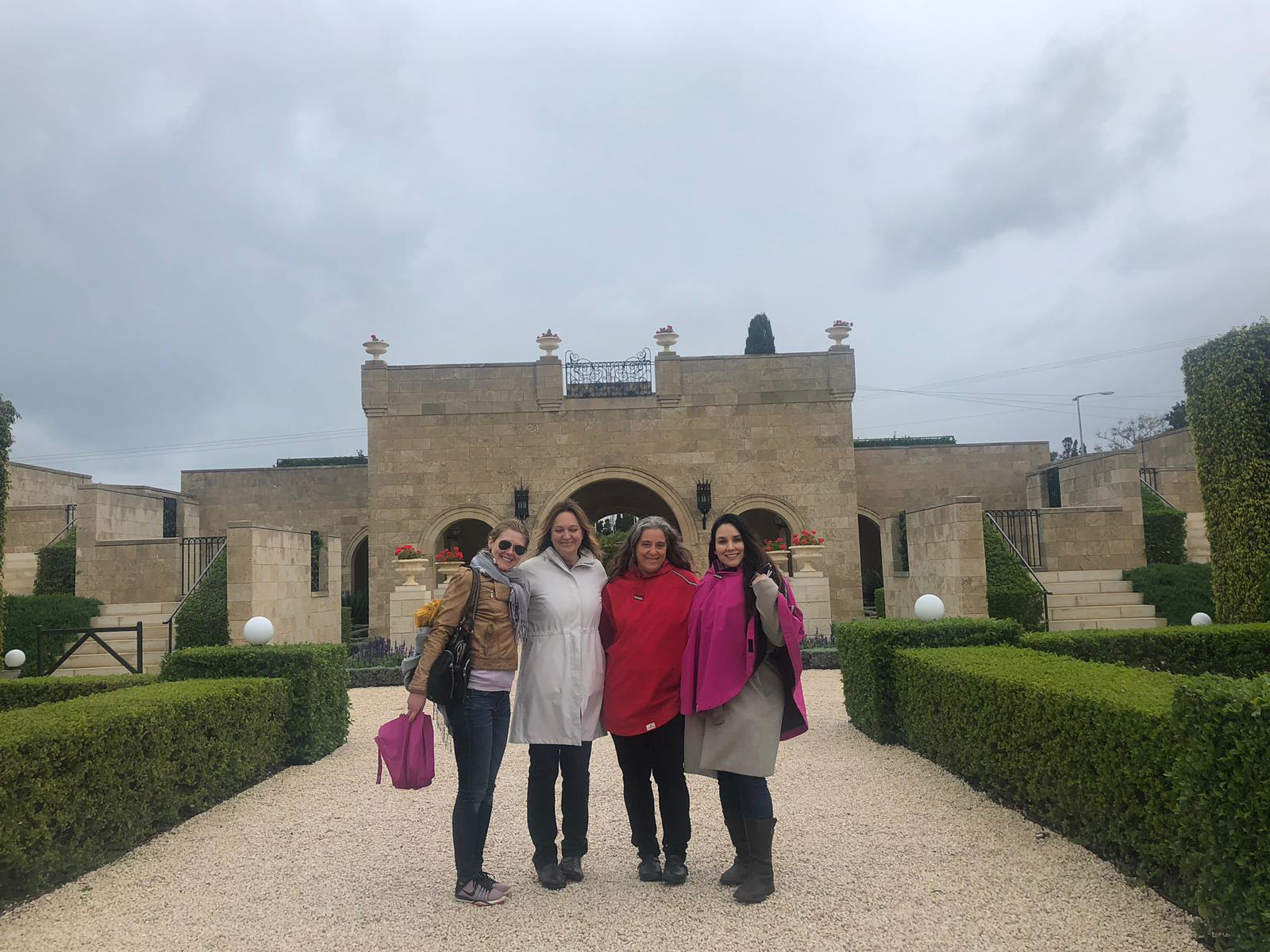
And we visited the Bahji gardens and tomb near Akko, which is the Baha'ii faith's holiest site, to seek inspiration and scout out new scents, smells and insights. Each student found a different aspect of the garden inspiring and built a unique Floriental fragrance based on what they've found. Perfume school is not just about theory and technique, but also about being open minded, open hearted, and with nostrils wide open for new smells and ideas. And most importantly - being perceptive to the other students and their process, because we always have something to learn from one another as well.

Seeking inspiration in the forms and structure of the garden.
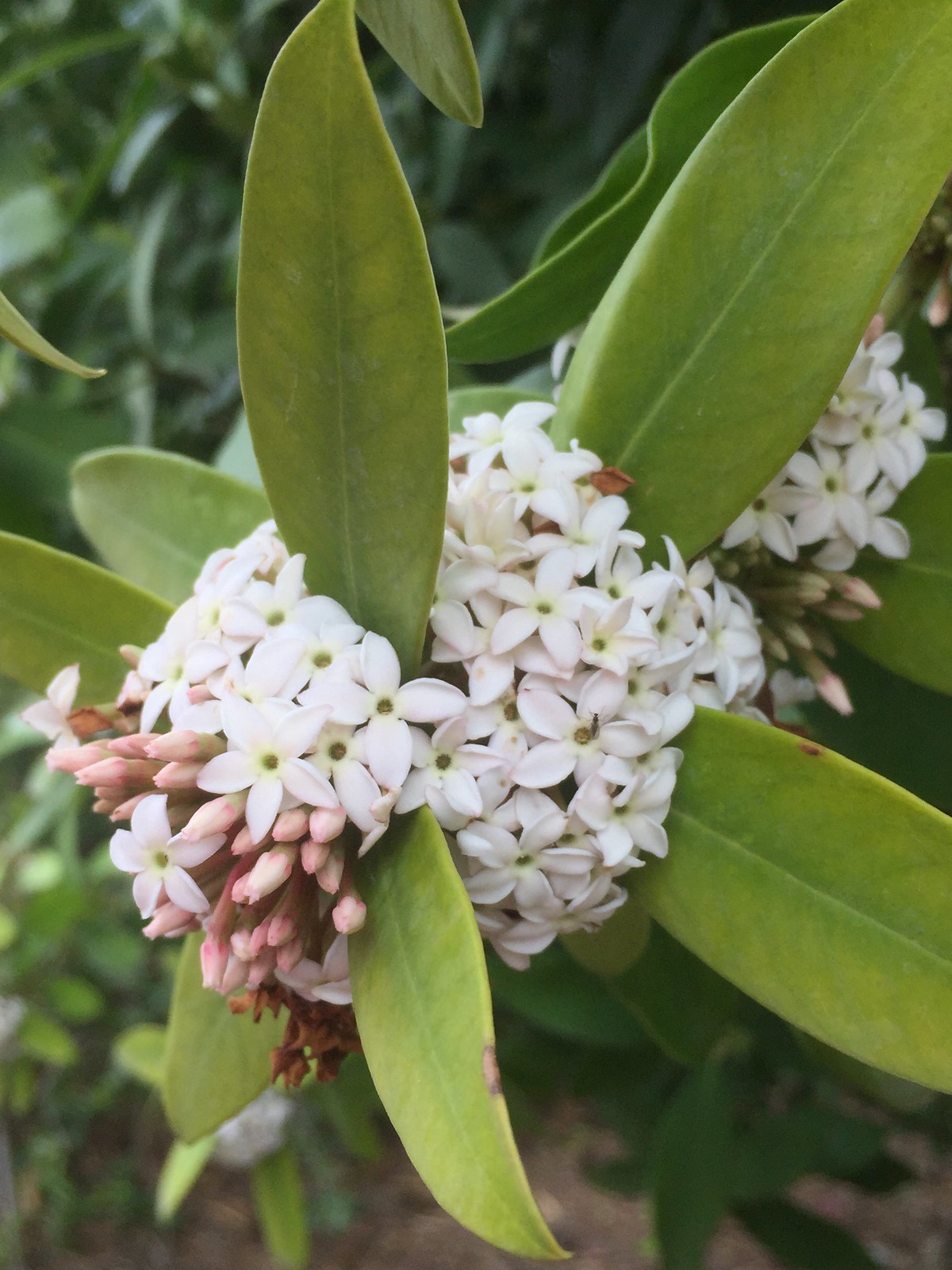
Finding new fragrant plants...

Inspiring visuals and textures (Raindrops on hibiscus).
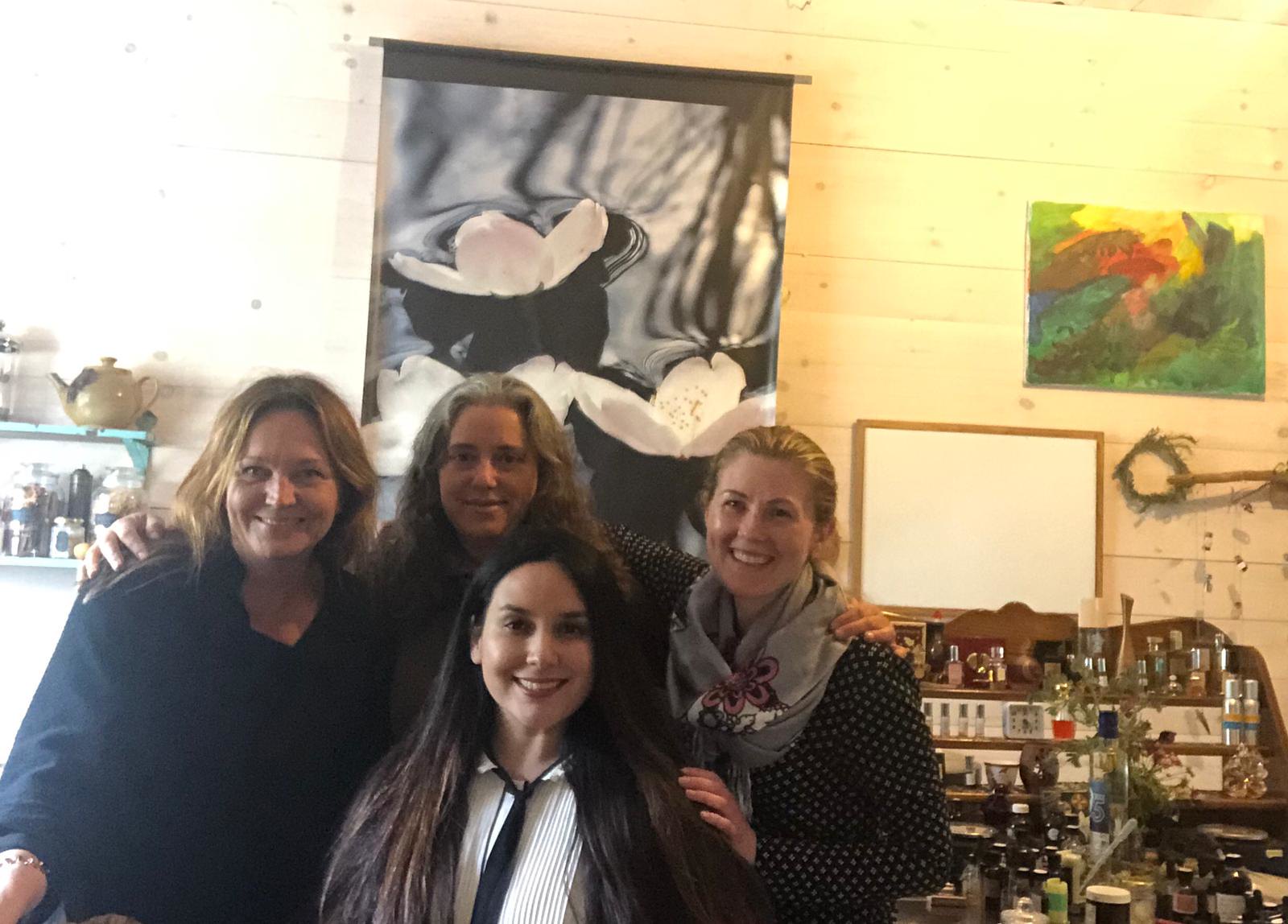
Thank you so much for such lovely two weeks, with wonderful students from across the globe! It was wonderful to spend this spring together, delve deep into the world of perfume and get to know you from up close. I'm truly blessed to have this opportunity to share my passion and knowledge with such lovely ladies who appreciate it and are so receptive to learning, respectful of one another, the raw materials, and this unique art form. I can't wait to see you all again this coming Autumn for the continuation of the course. We'll be studying Orientals (November 10-14, 2019) and Leather/Tobacco (November 17-21, 2019).




